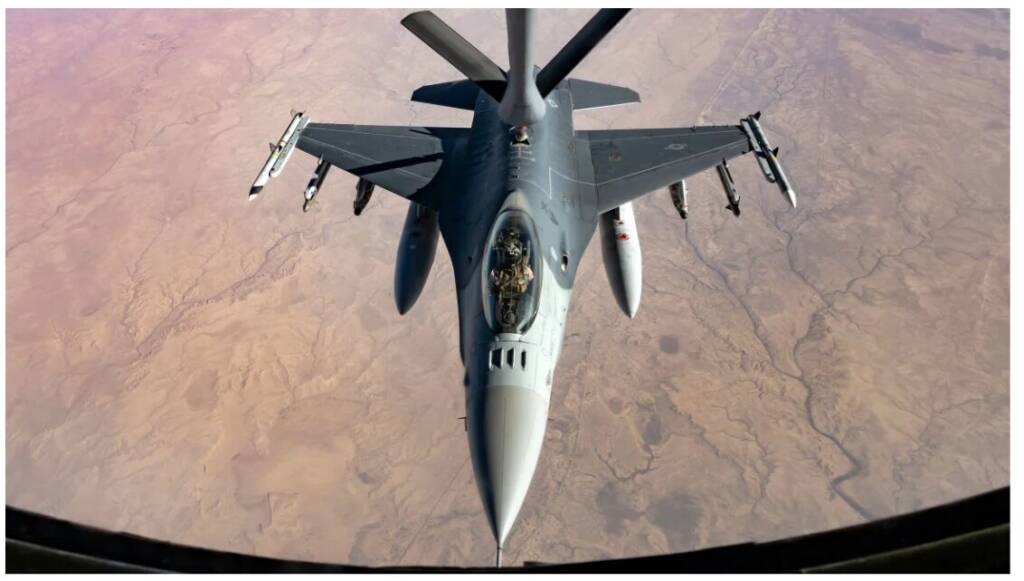Recently, a strange development came from the US. Washington Post reported on Oct 17 that some sort of friction has emerged between US trainers and Ukrainian fighter jet pilots.
Due to this friction, the US is now focusing on a younger lot of pilots and sending experienced pilots back to the frontlines.
It’s terrible news for Ukraine because the F-16 training programme will now take more years to complete and a full squadron—comprising 20 planes and 40 pilots—may not be deployable until spring or summer of the next year.
Question is: Why are US trainers fed up of Ukrainian pilots? The answer is that they just won’t understand a word of English. According to US officials quoted by Washington Post, knowledge of basic English language is necessary for Western-style training. But senior and experienced pilots from Ukraine would just not understand the translated manuals and instructions.
Moreover, they were resistant to the Western training methods because most of them had the experience of flying Soviet-era MiG fighter jets.
Because of this, some pilots who started their training in Denmark last year are unable to complete the training programme. This has angered many US officials.
For now, US is focusing on younger cadets as they may be more adaptable to the instructional methods favoured by Western trainers.
The training programme is going on at least three locations: Morris Air National Guard Base in Arizona, the recently closed Danish military air base in Skrydstrup, and the newly-built Fetești Training Center in Romania.
But there is one major problem with young cadets. These aspiring pilots will need to undergo an initial year of basic flight training in the UK and France before advancing to the specialized F-16 course in Arizona and Romania. Simply put, more waiting period for Ukraine until it gets a fresh batch of pilots to fly F-16s.
This whole F-16 training programme has come under intense scrutiny, especially after the crash of Ukraine’s first F-16 during a Russian missile strike on August 26. Ace pilot Oleksii Mes, who tragically died in the crash, had only recently completed his training. Now, critics argue that while Western pilots typically take years to become fully proficient in the F-16, Ukrainian pilots are being pushed through a fast-tracked training schedule of just six to nine months.
Is there any pressure from Zelensky? Or does US or NATO believe that these pilots from Ukraine are easily expendable?
Indian news outlet EurAsian News reached out to Indian Air Force experts to know what’s wrong with this F-16 training programme.
Air Marshal Anil Chopra explained that there are three stages for a human to become a pilot.
He said, “The first is that you train a human being to become a pilot. The second stage is turning that pilot into a fighter pilot. The third stage is converting them to fly a specific type of aircraft.”
He pointed out that, in Ukraine’s case, the first stage had already been completed because those chosen for training were pilots with Ukrainian air force.
The Air Marshal said, “However, it takes further training to become fully operational, meaning ready for combat. There are armaments, electronics, warfare tactics, and many other aspects involved. Therefore, just training a pilot to fly an F-16 is not enough. If you rush through the whole process of flying the F-16 and becoming operational, there are significant risks.”
He mentioned that it was expected from the beginning that Ukraine would lose its F-16s in the early stages, either in the air or on the ground.
The air marshal said, “You can shorten the training by a small amount, but not too much. The training has to be thorough. If you go to war with minimal training, there is a high risk of getting shot down.”
All in all, the F-16 training programme seems to be falling apart now. Ukraine may have to wait for years to get new F-16 pilots. By then, we are sure the war would have ended anyway.
